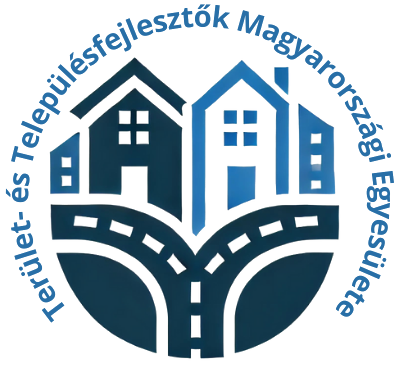Village Museum
Located in the centre of the village, halfway between the Bölöny Mansion and the Reformed Church, stands one of the oldest buildings in the area. Only the monastery wall remains found in the church nave's foundation are older. Once serving as the manor house for the local landowning family, it lost its original function after the construction of the Bölöny Mansion opposite it. It was then converted into a granary and ceased to be used as a residential building. The building was originally larger than what remains today, as evidenced by wall remnants unearthed during various earthworks on the northern side of the building. By 1885, the cadastral map already depicted it with its current layout as an agricultural building. Like other properties in the village, József Bölöny sold this building in the early 20th century. It continued to function as a granary and was owned by Futura and later, after World War II, by the Grain Trading Company. After the regime change, entrepreneur József Máté purchased the building, which had once again lost its function. It stood empty and unused for many years until 2009, when the owner decided to lease it to the village for 100 years. This allowed the village to create a fitting home for the Village Museum.
The first room of the building showcases a typical room-kitchen-pantry setup from the first half of the 20th century, aiming to capture the atmosphere of the era. Here you can find a bed, cradle, wardrobe, rocking bench, table, built-in stove, utensils, ceramic jugs, glasses, bowls, and pantry-related items (oil jug, troughs, cabbage barrel, cheese press, tobacco cutter, baking paddles, etc.).
The second room displays everyday tools. Here you’ll find items used daily by rural farmers, including some very interesting and lesser-known objects such as a clapper (a simple seed drill), a hay cutter, a straw puller, a water grinder, a goose feeder, and more. Tools related to hemp processing are also displayed here: the breaker, combs, spinning wheels, winders, and a loom, which visitors often enjoy trying out. In one corner, there are fishing-related tools: fish nets, casting nets, fish baskets, waders, scales, an ice pick, and photos of the past and present of the local fishery.
Opposite the entrance is the largest room of the Village Museum, which also hosts temporary exhibitions reflecting the museum’s identity. Currently, it houses an exhibition of wall hangings, which is regularly updated, thanks to the increasing number of donors. Some pieces from the carpet exhibition are also still on display, contributing to the museum’s collection. In this room, three glass display cases hold various objects, the most popular of which include a collection of old coins, antique books, hymnals, calendars, and a picture depicting the coats of arms of the 64 counties. A harmonium from the early 20th century, donated by the Baptist Church, is also on display. Additionally, there is an old sideboard and a traditional bench or rocking bench, where many visitors like to rest during their visit.
Old clothing is also displayed here, which visitors enjoy trying on and taking photos in.
The next room, named the '50s Room' by visitors, evokes the atmosphere of the 1950s. The double bed, two wardrobes, bedside table, mirror, chair, and table all bring back memories of our grandmothers. The same nostalgic atmosphere is reflected in the kitchen area with its old stove, stool, washbasin stand, laundry chest, and the dishes, lard jars, and cans found in the kitchen cabinet.
Sewing machines, tapestry pictures, a portrait of King Matthias, a wall mirror, a statue of a young lady, suitcases on top of the wardrobe, and old radios are also displayed here. The museum also showcases uniforms donated to it, including those of a dam guard, police officer, and soldier.
The Village Museum, created through the voluntary donations of local residents, holds a wealth of treasures. Even visitors from further afield have kindly contributed to our collection, either during subsequent visits or through intermediaries.
At the entrance to the cellar, in a prominent location, is the approximately 240-year-old entrance door of the local Reformed Church, donated to the museum by the Reformed congregation.
Various tools and items are displayed on the exterior walls of the Village Museum (e.g., wooden pitchforks, cow yokes, drying baskets, small troughs, baking paddles, thistle cutters, soap-making spoons, etc.).
Biharugra Erzsébet utca 50
















